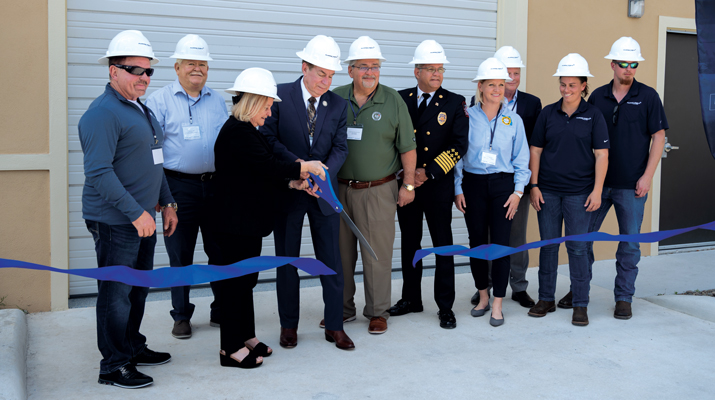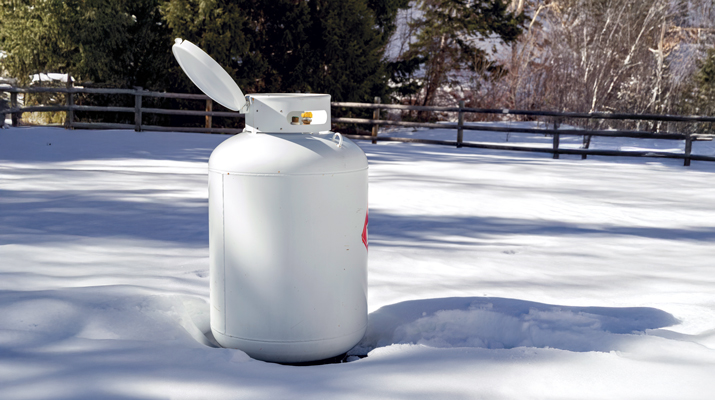The industry’s shocking documentation error rate
We all know that field technicians don’t love paperwork.
On any given day, technicians may conduct several safety inspections, and just one inspection form has 50-plus fields to complete. Generally, after a safety inspection is completed, a paper or PDF copy is returned to the office, where it is typically filed with some information and entered into a back-office software.
To start, technicians must be trained on how to complete the inspections and the forms, and office staff needs to be able to review the paper forms and input the data. But consider the problems with this approach: PDF and paper forms can be cumbersome to fill out and are difficult for service managers to quickly review for errors, omissions or follow-ups.
Additionally, the original paper/PDF process yields a significant margin for error. The industry faces error rates of up to 30 percent. That means nearly one-third of your documentation would not protect you in the case of an incident.
So, how can propane marketers achieve accurate documentation without sacrificing efficiency? By transitioning from a paper or PDF safety inspection process to smart inspections using technology available today.
Smart forms reduce your error rate and protect your company
Did you know that you can now complete safety inspections on tablets? Certain “smart” inspection forms utilize intuitive prompts and form field options to eliminate factors like illegible handwriting or missed form fields.
This technology is a significant time-saver for technicians in the field. After a mobile safety inspection form is complete, a copy is automatically sent to the customer, and another is stored in an electronic database. With no paper forms, office employees don’t need to dredge through burdensome data entry, disorganized file cabinets or time-consuming searches for archived documentation.
By utilizing technology for entry of critical safety documentation, you can:
- Provide clarification and guidance on desired information within form fields.
- Reduce error rate by providing multiple-choice answers instead of blank write-in fields.
- Warn technicians in real time if information is incomplete or if critical operating tests do not meet NFPA code requirements.
Mobile safety inspections increase efficiencies for service managers, too. Some platforms can automatically generate management reports. These reports can help identify important follow-ups and technician performance. Managers can use mobile safety inspections as a quantitative tool to evaluate technician performance and identify training needs. Doing so offers a unique opportunity to provide feedback right away, proactively correct any errors and prevent recurring issues.
Technology allows your management team to:
- Review inspections in real time and provide your field technicians with immediate feedback.
- Put together reporting that specifically identifies individual training opportunities.
Is smart inspection technology the right choice for your business?
Whether your company already uses some type of digital documentation service or you’re just starting to think about switching from paper forms, it’s a good idea to choose technology that’s going to help make the job safer, easier and more efficient.
Mobile documentation is a game-changer for efficiency, documentation accuracy and overall risk reduction for your company.
Reach out to your safety consultant to learn more and start the transition to a smart safety documentation program today.
John Horner is the senior consultant of safety and training at P3 Propane Safety. He can be reached at john_horner@p3propanesafety.com or p3propane.com.
Featured homepage image: ipuwadol/iStock/Getty Images Plus/Getty Images
















